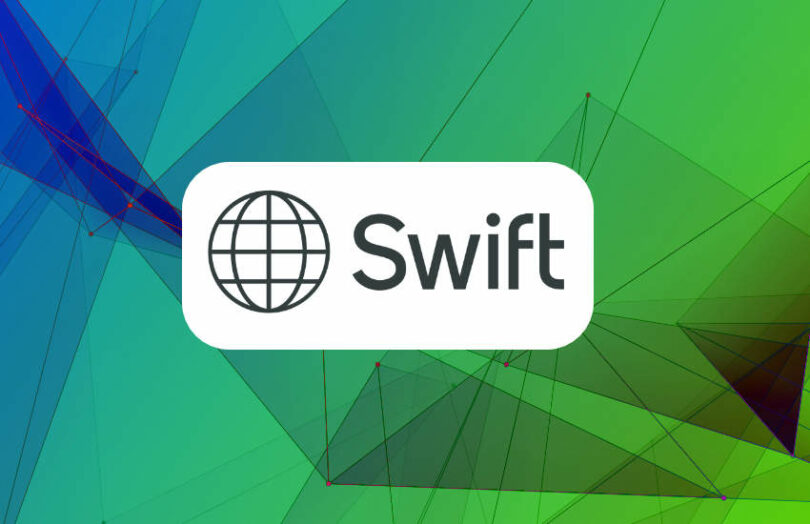Today SWIFT announced the results of its blockchain interoperability trial conducted with more than a dozen financial institutions including BNP Paribas, Citi, and the DTCC. It used a combination of SWIFT messaging and Chainlink’s Cross-Chain Interoperability Protocol (CCIP) to integrate legacy systems with a public Ethereum testnet and Avalanche.
Tokenization promises to provide significant efficiencies which will allow some assets to be offered to investors in much smaller denominations, or fractionalization. This will expand the potential pool of investors. A recent research report on blockchain asset backed securities in China quantified these benefits. And an institutional BNY Mellon survey found that 97% see the potential of tokenization for asset management.
However, so far many of the blockchain tokenization solutions are creating new silos. And integrating dozens of solutions becomes a costly task, undermining the potential cost savings.
The accompanying Swift report states, that “firms prefer to leverage their existing infrastructure, message implementations, and proven business processes to connect to blockchain ledgers, where tokens are recorded in a way that is both compliant and secure.”
Hence SWIFT’s experiment aims to show that it could potentially act as centralized provider, enabling financial institutions to use their existing SWIFT messaging setups to interact with multiple blockchains.
“For tokenisation to reach its potential, institutions will need to be able to seamlessly connect with the whole financial ecosystem,” said Tom Zschach, Chief Innovation Officer at Swift. “Our experiments have demonstrated clearly that existing secure and trusted Swift infrastructure can provide that central point of connectivity, removing a huge hurdle in the development of tokenisation and unlocking its potential.”
The financial institutions who participated included ANZ, BNP Paribas, BNY Mellon, Citi, Clearstream, Euroclear, Lloyds Bank, SIX Digital Exchange (SDX), and the (DTCC).
Messaging versus DLT native
In the report, Swift acknowledges that the Bank for International Settlements (BIS) has highlighted the concept of a Unified Ledger. This supports digital assets such as CBDC, deposit tokens and tokenized assets. An alternative approach is to integrate the new with the old leveraging legacy technologies such as Swift’s.
In fact, Swift has already participated in one Unified Ledger-style experiment – the Regulated Liability Network (RLN). Arguably Swift could be one of the candidates to operate such a network. The only drawback is that it has become a politicized entity – through no fault of its own.
Given tokenization platforms are nascent, there will be a need for a more gradual transition from legacy to new platforms. And Swift messaging will very likely play a role.
However, the endgame in ten to 15 years needs to be more natively digital to reap the promised efficiencies.
The report also delves into numerous topics around tokenization. For example, participants cited the number one hurdle to widespread adoption as regulatory clarity.
Questions raised include who is financially liable for the failure of a cross chain bridge? When a token is transferred from one chain to another, should it be burnt on the origin chain? Or should it be locked on the first chain and wrapped on the new chain?
Going forward, Swift plans to continue the exploratory work with a greater focus on public permissioned ledgers. It may also investigate providing private data repositories for off-chain data and privacy enhancing tech such as zero knowledge proofs.






